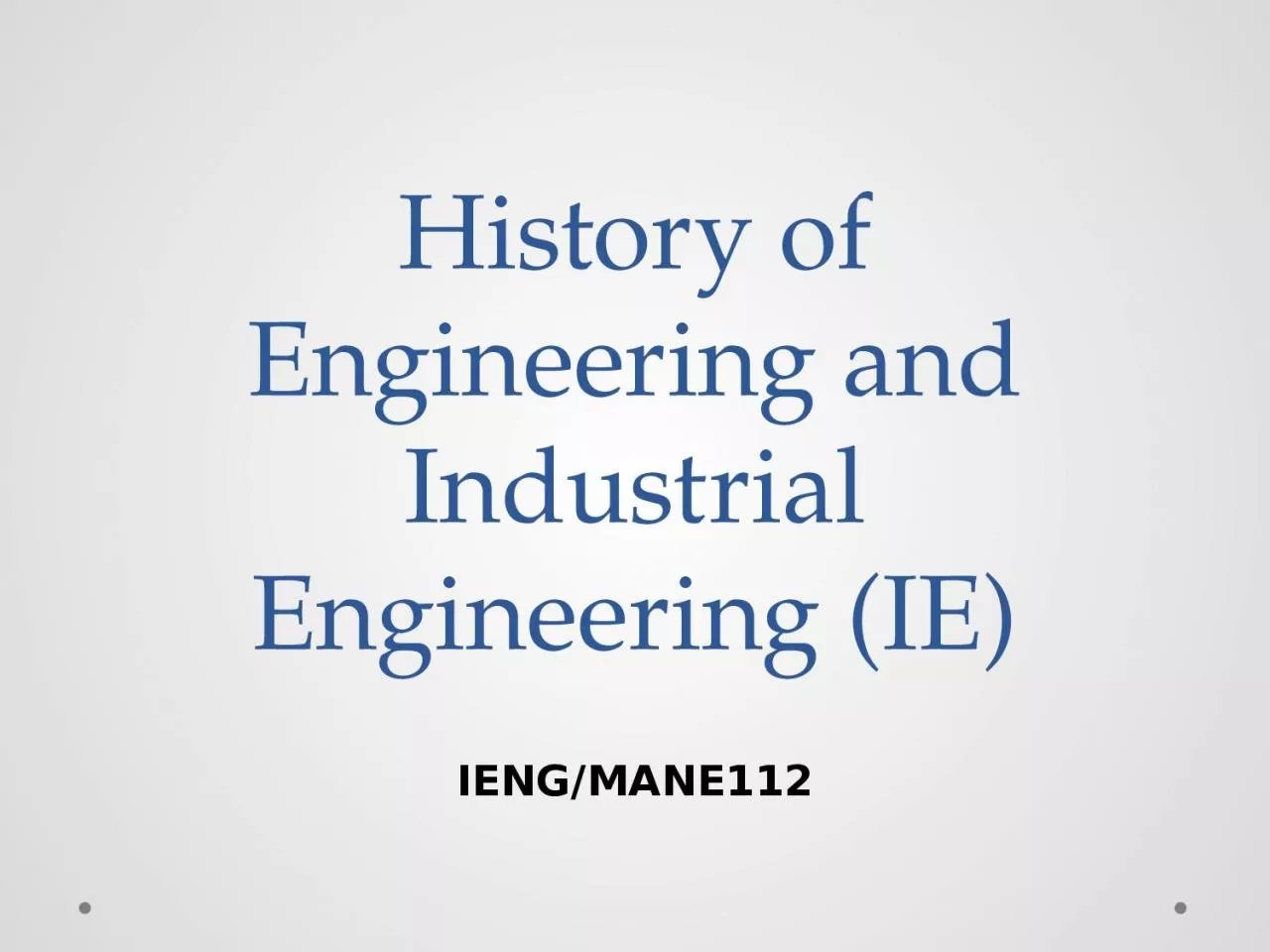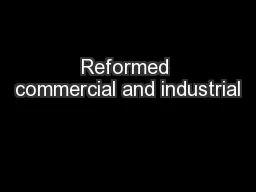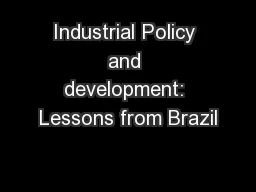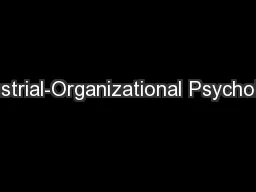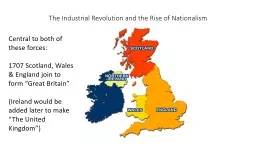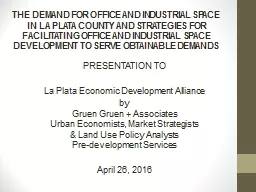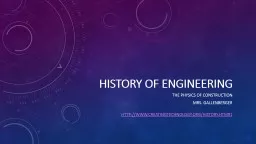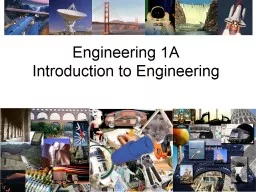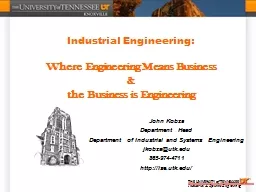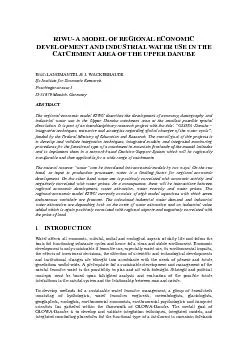PPT-History of Engineering and Industrial Engineering (IE)
Author : stella | Published Date : 2023-09-24
IENGMANE112 1 Engineering 11 The origin of the word engineering Latin ingenium clever invention Why a Latin word English language Saxonian German Latin
Presentation Embed Code
Download Presentation
Download Presentation The PPT/PDF document "History of Engineering and Industrial En..." is the property of its rightful owner. Permission is granted to download and print the materials on this website for personal, non-commercial use only, and to display it on your personal computer provided you do not modify the materials and that you retain all copyright notices contained in the materials. By downloading content from our website, you accept the terms of this agreement.
History of Engineering and Industrial Engineering (IE): Transcript
Download Rules Of Document
"History of Engineering and Industrial Engineering (IE)"The content belongs to its owner. You may download and print it for personal use, without modification, and keep all copyright notices. By downloading, you agree to these terms.
Related Documents

